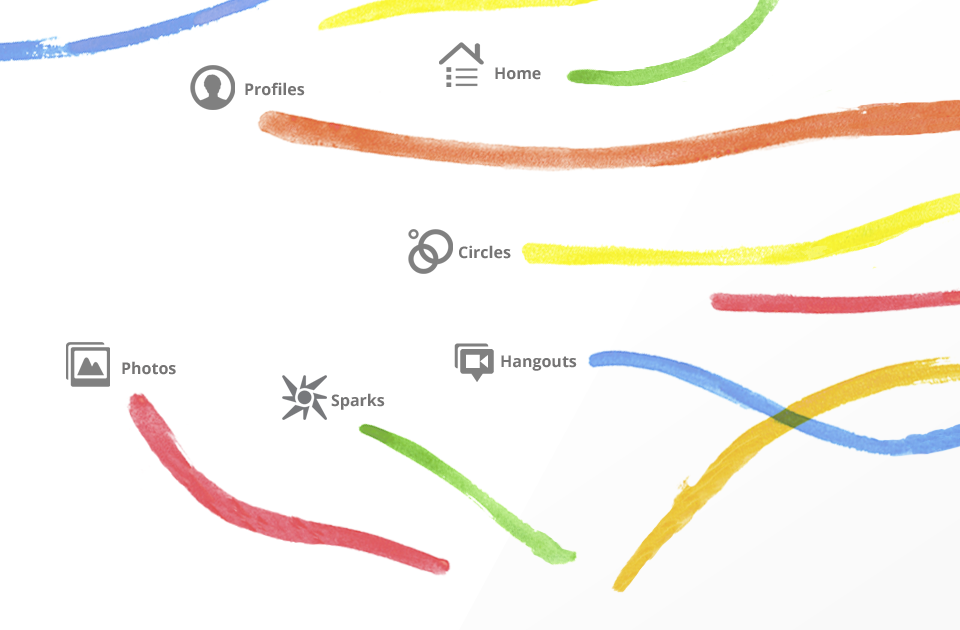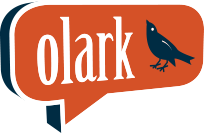
Google’s Plus release represents their first legitimate effort at a coherent social experience. Right out of the gate, they’ve got a few things incredibly right: amazing notifications unified throughout all Google products, good integration with Picasa and Android, Circles, Hangouts, data portability, and a feeling like this might be around for some time.
Now they need to focus on what’s necessary to make this a second nature, everyday product for people, like Facebook is now for most people.
Open Registrations/Invitations
If anyone can get scale right, it should be Google. Admittedly, scaling instantly in to the millions is a challenge for even the largest companies, and there’s surely a method to their madness here, but they need to be doing whatever they can to get this thing open to as many people as possible. They’re framing the current experience as a “Field Test”, but it’s difficult to test a social networking product if you can’t get your friends onto it. Early adopters are the type of user who will shift their more reluctant friends to a new system. They’re kneecapping their momentum with their limited invitations.
Figure Out Sparks
By far, the most confusing element of Plus is Sparks. It’s an interesting hodgepodge auto-aggregator of news and blog posts on individual topics (or “eccentric hobbies” as their video goes), but it’s presented in a bit of a sloppy way. Since it’s curated automatically, it’s not terribly great at it, which is a bit disappointing as well. Fortunately, Sparks is a nice-to-have within the Plus experience. Perhaps some integration with Reader would help make Sparks shine.
Make Huddles Amazing (Read: Copy Beluga)
I’ve got basically every single friend I speak with regularly on Beluga now. We use it to plan events, see what’s happening for the evening, and coordinate shared rides and the like. It’s a great tool. We also have fun with it. We share photos and links and such. And we can access it from our desktop if necessary. Huddles don’t currently let you access them from the Plus site itself, only from the mobile app. Since Plus isn’t available in the iPhone App Store yet, I can’t try to convert my friends to Huddles yet. And since Huddles don’t let us share photos or set Huddle photos, I don’t know if I’d want to yet. Location sharing is really useful too, and here Google has a definite leg up: it already shares location on posts… why not on huddle updates? Moreover, why not tie directly in to Latitude? Let me navigate right to a real-time-updating friend if I’m picking them up from someone, right from within our Huddle!
Import Profile Pics from… Somewhere!
Most of my connections/friends on Plus are faceless. Make adding a profile picture a required first step. It’s important to associate faces with names, but moreover, it’s WAY less usable to see a bunch of placeholder graphics throughout the product. Import from Gravatar, or, if you won’t violate TOS (heh), from Facebook directly. Either way, make it required, or constantly nag until it gets done.
Release a Stream Notifier or API
If you want us to engage, we need to know things are happening. Right now, it appears the only way to see new posts is to load up the Plus site or app and look at the Streams. Facebook and Twitter have apps or APIs that allow us to get pinged with updates as they happen. You’ll lose momentum and people will stop coming back to Plus if we can’t see what’s happening without having to call up the site manually every time.
Let Me Cross-Post Content Easily
Since Plus isn’t going to overtake Facebook, Twitter, or Linked In overnight, let me cross-post to those places with a click of a button. Better yet, blow everyone away and make it as easy as choosing a “Circle”. Add the Facebook “Circle” and the post auto-cross-posts there. Add the Twitter “Circle” and the shortened form is available for preview before it ends up there. By keeping up the walled garden, Google may be intentionally discouraging this sort of behavior, but this is what will trigger buy-in immediately and ease the transition. Social networks aren’t necessarily a zero-sum game, but two is likely very close to the limit for most.
What’s Next for Plus
Plus is off to a great start. Better than Buzz or Google Wave could ever hope for. It’s exciting, clean, original, and well-executed, with a lot of great features available right out of the gate, and some really innovative concepts. With a bit of polish and a bit more hand-holding, I think Google can convince people to begin using Plus as part of their daily interaction. But the elements needed to keep us checking in and coming back every day aren’t quite there yet. The notifications are a great start, but they only tell part of the story, keeping me informed only after I’ve already engaged. I need a reminder to check in on Plus and see that my friends are using it, and that’s sorely lacking right now.
Google also needs to integrate single-sign-on/Google Authentication with Plus, the way Facebook Connect can be used to allow people to log in or register on a site. It’s not necessary to have a complete app platform available right out of the gate, but Facebook is definitely on to something with Facebook Connect and it’s an important element for any social networking site to drive engagement.
Hopefully we’ll see swift continued development on Plus. It’s a great product out of the gate, but building the product isn’t the hard part in social networking: that’s left to getting users to buy in and keep coming back for more. Plus solves a lot of the qualms people have with Facebook on the privacy, data portability, account deletion, and sharing side of things, and that’s amazing. But it’s not an instant win, and they’ve got a long way to go. Making Huddles indispensible (and consider integrating them with group gTalk) would help, but I’m hoping they’ve got some other unique features up their sleeves to introduce into the Plus fold. I’m disappointed that the Slide-inside-Google-developed Pool Party and Prizes products weren’t built with Plus in mind. It might be time for the left hand to clue the right hand into what’s going on, and to get everyone on the same page.
Tagged with: facebook, google, google plus, Social Networking, twitter
Posted in: Cool Stuff

 Mobile credit card payment provider
Mobile credit card payment provider 






